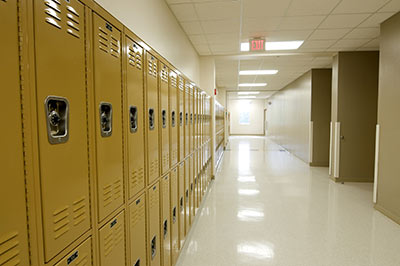Condron & Roscigno, 2003
The debate over whether educational spending shapes achievement has persisted for decades, largely because of methodological and analytical limitations associated with the use of districtlevel data. In this study, the authors analyzed unique within-district variations in spending and achievement among 89 public elementary schools in a large, North Central, urban district. The analyses reveal considerable disparities in spending within the district, which are linked to local patterns of racial and class stratification and concentration. They show how these locally driven inequalities and their links to specific school resources have consequences for achievement in five distinct subject areas. The authors conclude by discussing the implications of their findings for understanding the local production of class and racial educational inequality and recent moves toward resegregation that are evident in many U.S. cities.











